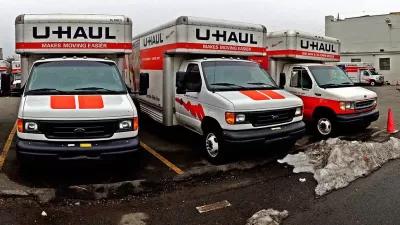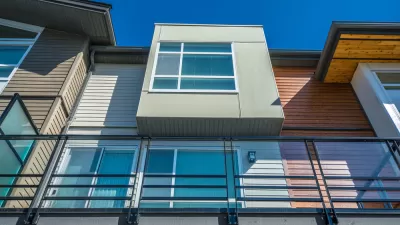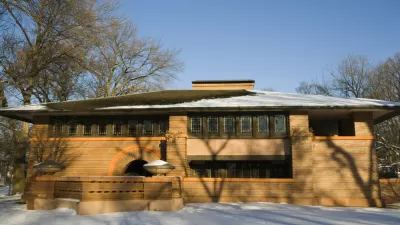The trend toward the urban has been documented from every possible angle, but a recent op-ed wonders whether it will be possible for the federal government to make a course correction that ceases the endless subsidies for the suburbs.

"For all of the attention showered on hipster enclaves like Williamsburg, Brooklyn and Portland, Ore., America is only in the beginning stages of a historic urban reordering. After over a half-century of depopulation, cities have been filling up — and not just with young millennials, but with families and even older workers and retirees," begins Vishaan Chakrabarti in a recent op-ed for the New York Times.
Chakrabati lays out a few reasons for why so many are making the choice to move to the city:
- "Crime [in cities] has remained low, while public schools and parks have been getting better in many places."
- "...the economic challenges of starting a life in the suburbs have grown..."
- "the future, inasmuch as it is tied in with issues like cultural diversity and marriage equality, is centered in the urban core."
Chakrabati is not out, however, to continue to describe the trend toward urbanization, or its possible causes and correlations. The op-ed's main point: "Given these demographic shifts, we have an unsurpassed opportunity to transform the United States into a more prosperous, sustainable and equitable country by encouraging a more urban America."
Yet the federal government, according to Chakbarati, continues to shower the suburbs with "largess" (for instance, "[the] largest subsidy in the federal system is the mortgage interest deduction, about $100 billion annually"). Finally: "I am not arguing that people should not live in suburbs. But we shouldn’t pay them to do so, particularly now that our world and the desires of our population are evolving."
FULL STORY: America’s Urban Future

Alabama: Trump Terminates Settlements for Black Communities Harmed By Raw Sewage
Trump deemed the landmark civil rights agreement “illegal DEI and environmental justice policy.”

Planetizen Federal Action Tracker
A weekly monitor of how Trump’s orders and actions are impacting planners and planning in America.

Why Should We Subsidize Public Transportation?
Many public transit agencies face financial stress due to rising costs, declining fare revenue, and declining subsidies. Transit advocates must provide a strong business case for increasing public transit funding.

Understanding Road Diets
An explainer from Momentum highlights the advantages of reducing vehicle lanes in favor of more bike, transit, and pedestrian infrastructure.

New California Law Regulates Warehouse Pollution
A new law tightens building and emissions regulations for large distribution warehouses to mitigate air pollution and traffic in surrounding communities.

Phoenix Announces Opening Date for Light Rail Extension
The South Central extension will connect South Phoenix to downtown and other major hubs starting on June 7.
Urban Design for Planners 1: Software Tools
This six-course series explores essential urban design concepts using open source software and equips planners with the tools they need to participate fully in the urban design process.
Planning for Universal Design
Learn the tools for implementing Universal Design in planning regulations.
Caltrans
Smith Gee Studio
Institute for Housing and Urban Development Studies (IHS)
City of Grandview
Harvard GSD Executive Education
Toledo-Lucas County Plan Commissions
Salt Lake City
NYU Wagner Graduate School of Public Service





























